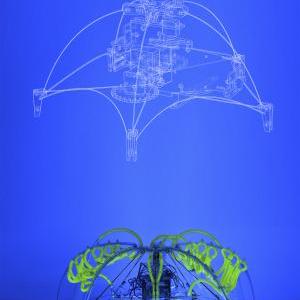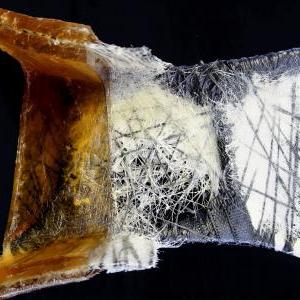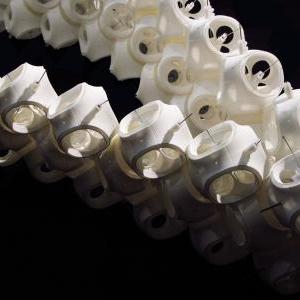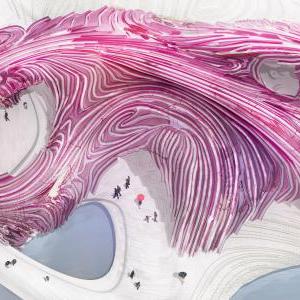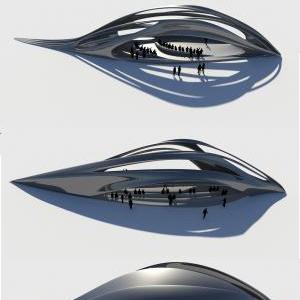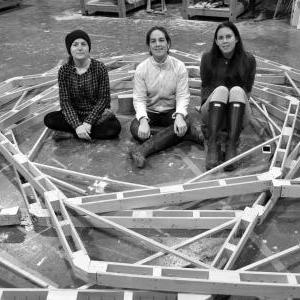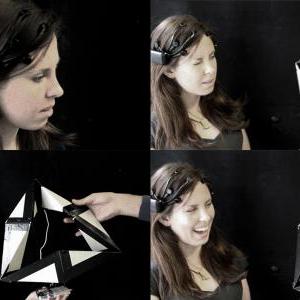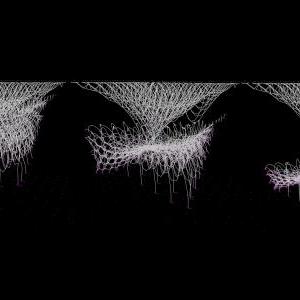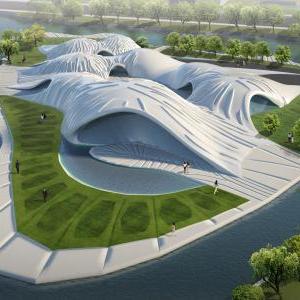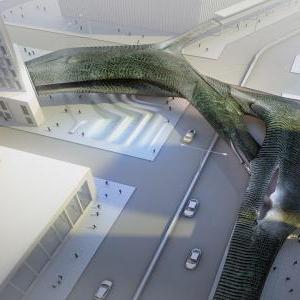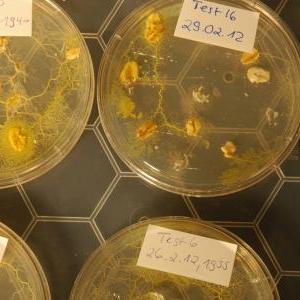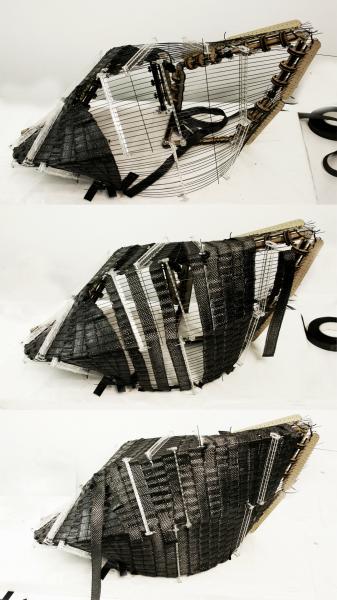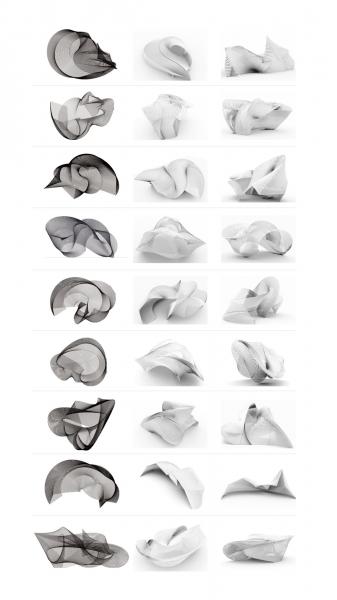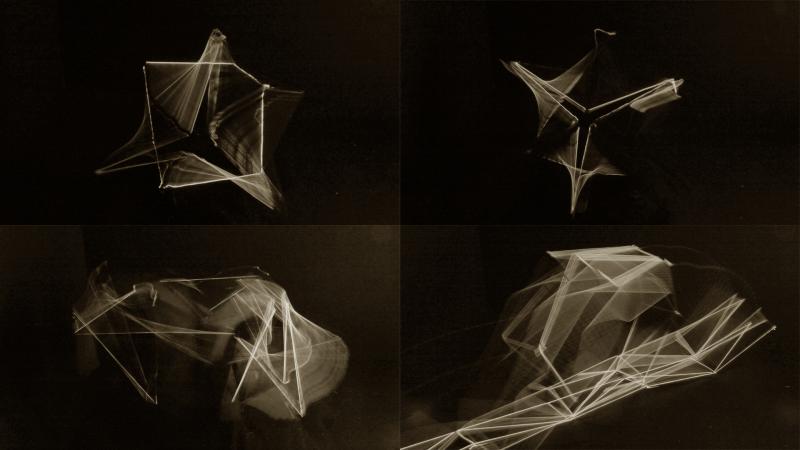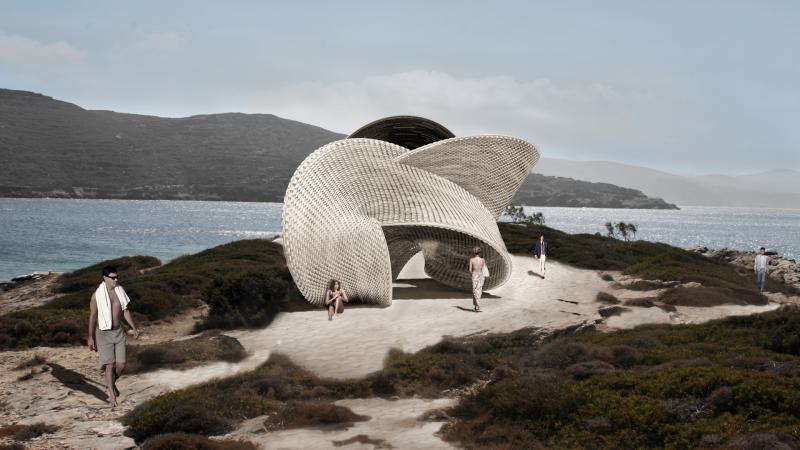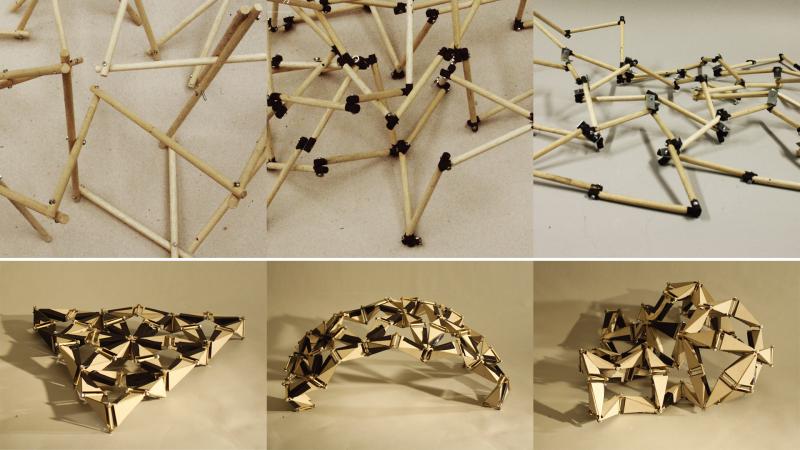This year the Design Research Laboratory (DRL) concluded the final year of the four-year design research agenda Proto-Design, which investigated digital and analogue forms of computation in the pursuit of systemic design applications that are scenario- and time-based. Considering controls systems as open acts of design experimentation, the DRL examines production processes as active agents in the development of architecture. Behavioural, parametric and generative methodologies of computational design are coupled with physical computing and analogue experiments to create dynamic and reflexive feedback processes. New forms of spatial organisation are explored not as type- or context-dependent but by examining scenarios that evolve as ecologies and environments that seek adaptive and hyper-specific features.
This performance-driven approach aims to develop novel design proposals concerned with the everyday. The iterative methodology of the design studio focuses on the investigation of spatial, structural and material organisations, engaging with contemporary discourses of architecture and urbanism. Four research studios run in parallel, exploring the possibilities of Proto-Design. Theodore Spyropoulos’ studio, Synthetic Natures: Behavioural Machines, investigates behaviour as the means to explore self-regulating and deployable soft systems. Parametric Semiology 2 – Habitat as System of Signification, led by Patrik Schumacher, focuses on how the societal function of urban and architectural design can act as an innovative ordering and framing of communicative interaction. Robert Stuart-Smith’s studio, Behavioural Matter, explores how non-linear design processes may be instrumentalised to generate a temporal architecture with a designed life-cycle. Reconsidering Elementarism, led by Philippe Morel, addresses the relationships between technology, architecture and mathematics by revisiting research on Elementarism in the 1920s and its cybernetic reinterpretations of the 1960s.
Director
Theodore Spyropoulos
Founder
Patrik Schumacher
Course Masters
Shajay Bhoosan
Philippe Morel
Robert Stuart-Smith
Course Tutors
Pierandrea Angius
Mollie Claypool
Ryan Dillon
Mostafa El-Sayed
Manuel Jiménez García
Jose Sanchez
Technical Tutors
Albert Taylor & AKT
Software Tutors
Torsten Broeder
Paul Jeffries
Tyson Hosmer
Programme Coordinator
Ryan Dillon
Invited Critics
Lucy Bullivant
Helen Castle
Mark Cousins
Didier Faustino
David Jason Gerber
David Greene
Adrian Lahoud
Marta Malé- Alemany
David Ruy
Marcelo Spina
Brett Steele
Albert Taylor
Peter Testa
Tom Wiscombe
Spoon Benders
Project name: ARACHN[OL]OIDS
Team: Margarita De Bruijn (Netherlands/Mexico), Melika Aljukic (Croatic/Australia), Sreerag Palagnat Veetil
Studio: Philippe Morel assisted Jose Sanchez
The relationship between man and machine have become far more intertwined with the advances in neuroscience and communication, allowing faster and direct symbiotic coexistence. In this scenario, we aim to integrate positive aspects of technology within architectural design processes to create a prototypical system which could be seen as a prosthetic extension of the humane body. Our interest is in a system which utilises the users for the purpose of the creation of shelters. Rapid fabrication the shelters is attained by means of the intelligence embedded in a particular kinematic geometry, called Kaleidocycle. The elemental properties of spatial linkages with simple revolute joints is analyzed to develop a machinery to weave and create inhabitable architectural skins. This modular robotic assembly sweeps three dimensional spaces with ruled surfaces of third order during its inversion, which in turn is investigated to be woven by a multiphase weaving mechanism implanted within the machine. Neural interface enables control of the spatial movement of the modular robotic assembly to be able to customize the individual shelters produced in real time. The project inherits the control over the conception, materiality, manufacturing, construction and consumption of inhabitable spaces. It robustly retorts to the socio-political and economic pressures in the global capitalist society today, experimenting with lightweight intelligent materials, affordable and rapid prototyping technologies.
